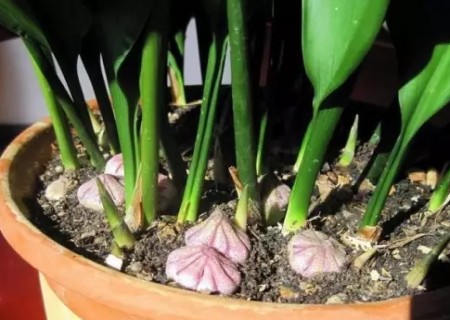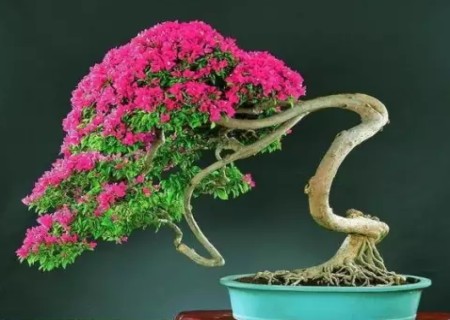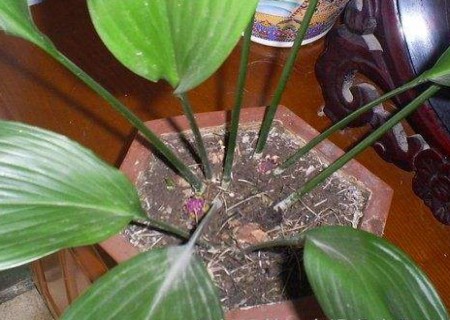How to propagate one-leaf orchid-the method of ramet propagation
The leaf orchid is evergreen all the year round, the leaf shape is straight and straight, the leaf color is dark green and bright, the posture is graceful, elegant and elegant. At the same time, it has strong growth, strong adaptability and strong shade tolerance, so it is an excellent shade-loving foliage plant for indoor greening decoration. Suitable for home and office layout, can be watched alone, can also be arranged with other flowering plants, in order to set off the bright and beautiful of other flowers. So, how does one-leaf orchid reproduce?
One-leaf orchid is very suitable for family breeding, family potted one-leaf orchid can be propagated by ramet. During propagation, attention should be paid to the selection of ramet time, the application of ramet method and the maintenance after ramet.

The method of plant division can be carried out in March of spring. Dig the big clump of plants out of the soil, gently shake off the soil, and cut it with a sharp knife according to the trend of the rhizome. Each clump of rhizome should have 8 buds and 9 buds. The split one-leaf orchid plant can be planted after half a day of air-drying in the shade.
When turning the basin in spring, take out the mother plant from the basin soil, separate the root system with a knife, take 2-5 leaves for survival, and pour enough water after filling the basin.
One-leaf orchid is mainly propagated by individual plants, which can be divided in combination with changing pots before the temperature rises in spring and before the new buds germinate. The underground rhizome and leaves were divided into several clumps with 3-5 leaves in each clump, then planted in pots and maintained in semi-shady environment.
1. Ramet time
The ramet propagation of Cymbidium can be divided in combination with changing pots before the temperature rises in spring and before the new buds germinate. It is usually carried out after the soil is thawed in early spring (February and March).
2. Ramet method
Take the mother plant out of the flowerpot, shake off the excess potted soil, separate the roots knotted together as much as possible, and cut it into two or more plants with a sharp knife. Each plant should have a considerable root system, and its leaves should be pruned properly so that each clump has 5 leaves in order to survive.
3. Disinfect in pots
Soak the split plant in 1500 times chlorothalonil solution for five minutes, then take out the cold dry, and then serve. You can also irrigate the root with chlorothalonil immediately after potting.
4. Maintenance methods
The one-leaf orchid has strong adaptability and fast growth, and the basin should be changed every 1-2 years. Use the same amount of mixed culture soil of loam, rotten leaf soil and river sand. When changing the basin, apply a small amount of broken bone slices or cake fertilizer as base fertilizer, pour through water and culture in a cool place after planting. During the growth period, water should be fully watered and often sprayed on the leaf surface to maintain high air humidity. Dilute liquid fertilizer can be applied twice a month to promote the germination of new leaves and robust growth.
Variegated varieties should be given light fertilizer, if the fertilizer is too sufficient, the leaf spots are easy to disappear. Avoid direct sunlight in summer, but pay attention to ventilation and remove yellow leaves in time. In the new leaf germination to the new leaf is growing stage, can not be placed in the shade of the room, otherwise the new leaf will grow slender and thin, affecting the ornamental. The northern region should move indoors in winter, reduce watering and stop fertilization, if the basin soil is too wet, it is easy to cause rotten roots.
Time: 2019-06-09 Click:
- Prev

Modeling technology of triangular plum / leaf flower bonsai
Triangular plum (that is, leaf flower) flower bracts are large, colorful as flowers, and last for a long time, planted in Yiting garden or pot ornamental. It can also be used for bonsai, hedges and trimming. Triangular plum is of high ornamental value and is used as a wall for climbing flower cultivation in southern China. Every Spring Festival, green leaves set off bright red bracts
- Next

How does one-leaf orchid reproduce? Propagation method of one-leaf orchid
The plant division method is mostly used for the reproduction of Cymbidium, and the sandy loam rich in humus should be selected, which is fond of moist soil. In the exuberant stage of growth, thin fertilizer and water are applied to the plant once a week. It grows well in bright places without direct sunlight, likes warmth, and avoids severe cold. The ambient temperature should be kept between 15 and 25 ℃.
Related
- Fuxing push coffee new agricultural production and marketing class: lack of small-scale processing plants
- Jujube rice field leisure farm deep ploughing Yilan for five years to create a space for organic food and play
- Nongyu Farm-A trial of organic papaya for brave women with advanced technology
- Four points for attention in the prevention and control of diseases and insect pests of edible fungi
- How to add nutrient solution to Edible Fungi
- Is there any good way to control edible fungus mites?
- Open Inoculation Technology of Edible Fungi
- Is there any clever way to use fertilizer for edible fungus in winter?
- What agents are used to kill the pathogens of edible fungi in the mushroom shed?
- Rapid drying of Edible Fungi

